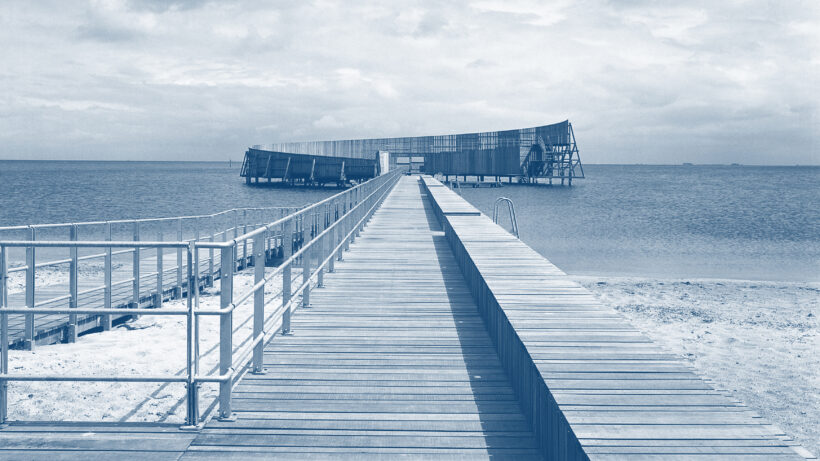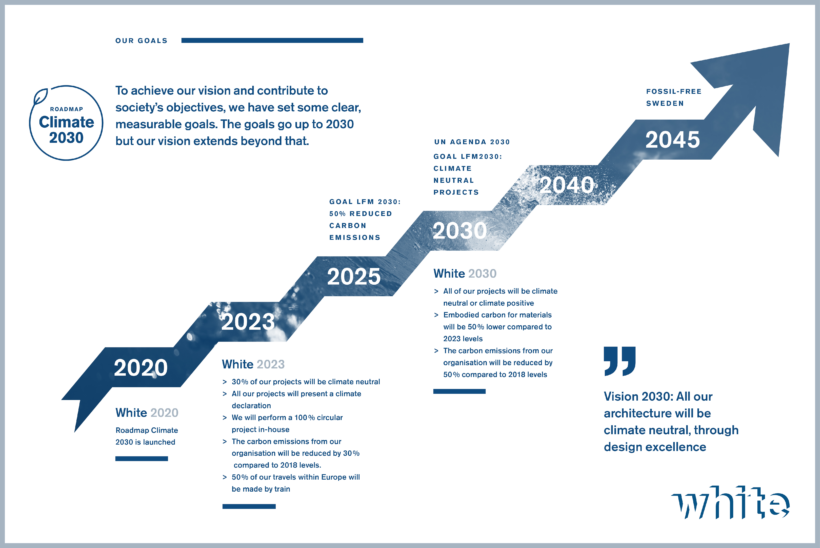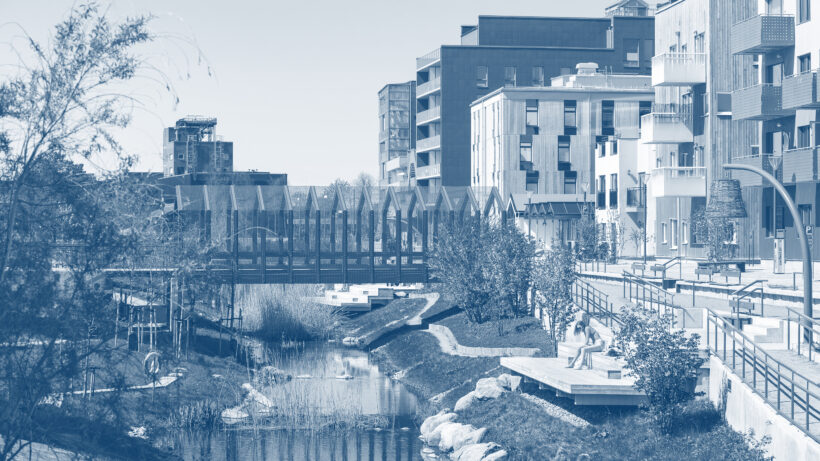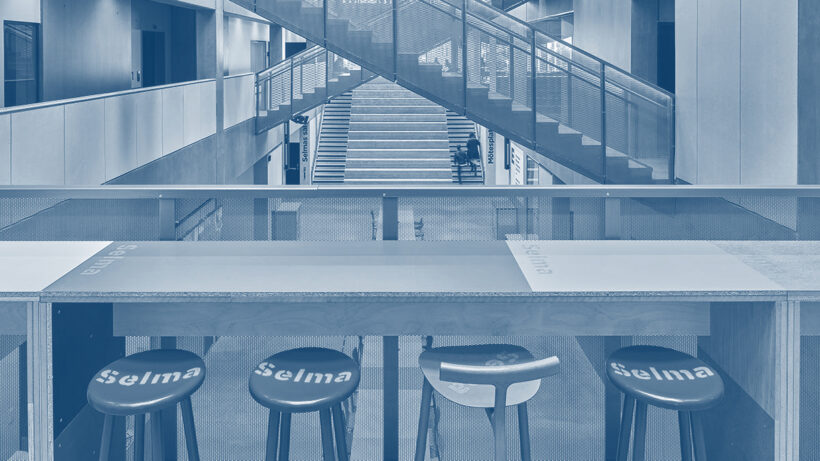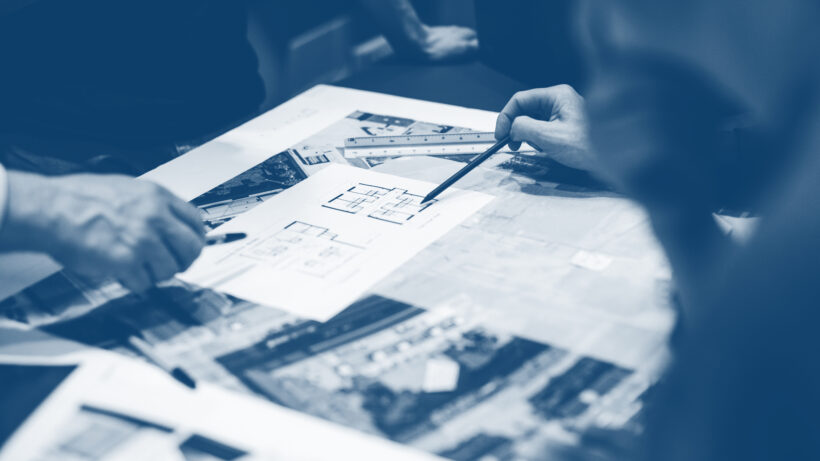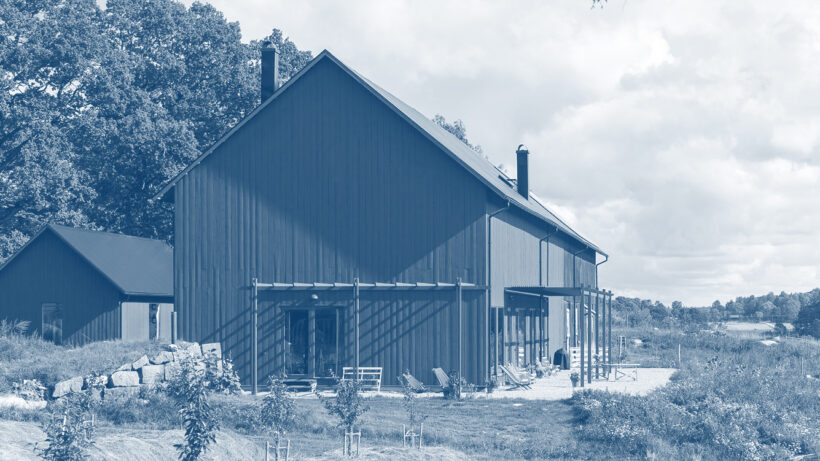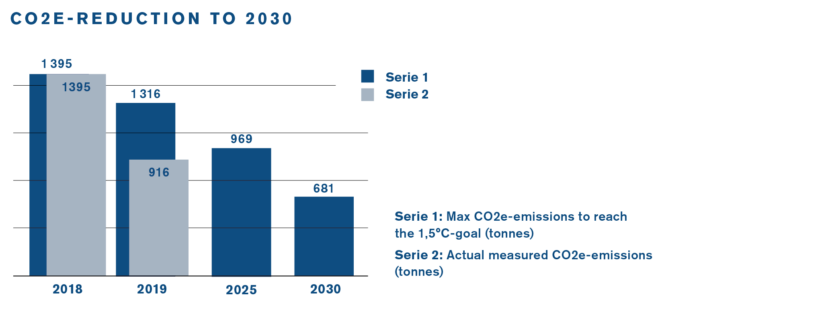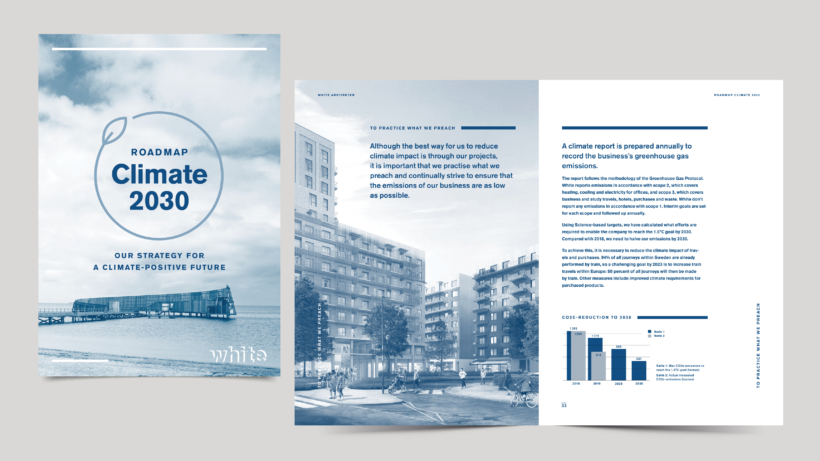We show the way
The Roadmap 2030 focuses on three areas where we have the greatest opportunity to have an effect. In addition, we have identified three initiatives that we, either on our own or with partners, need to develop in order to make the radical shift required. Our immense breadth of competencies and variation of projects give us excellent opportunities to drive change. Our mission is to enable sustainable life through the art of architecture.

